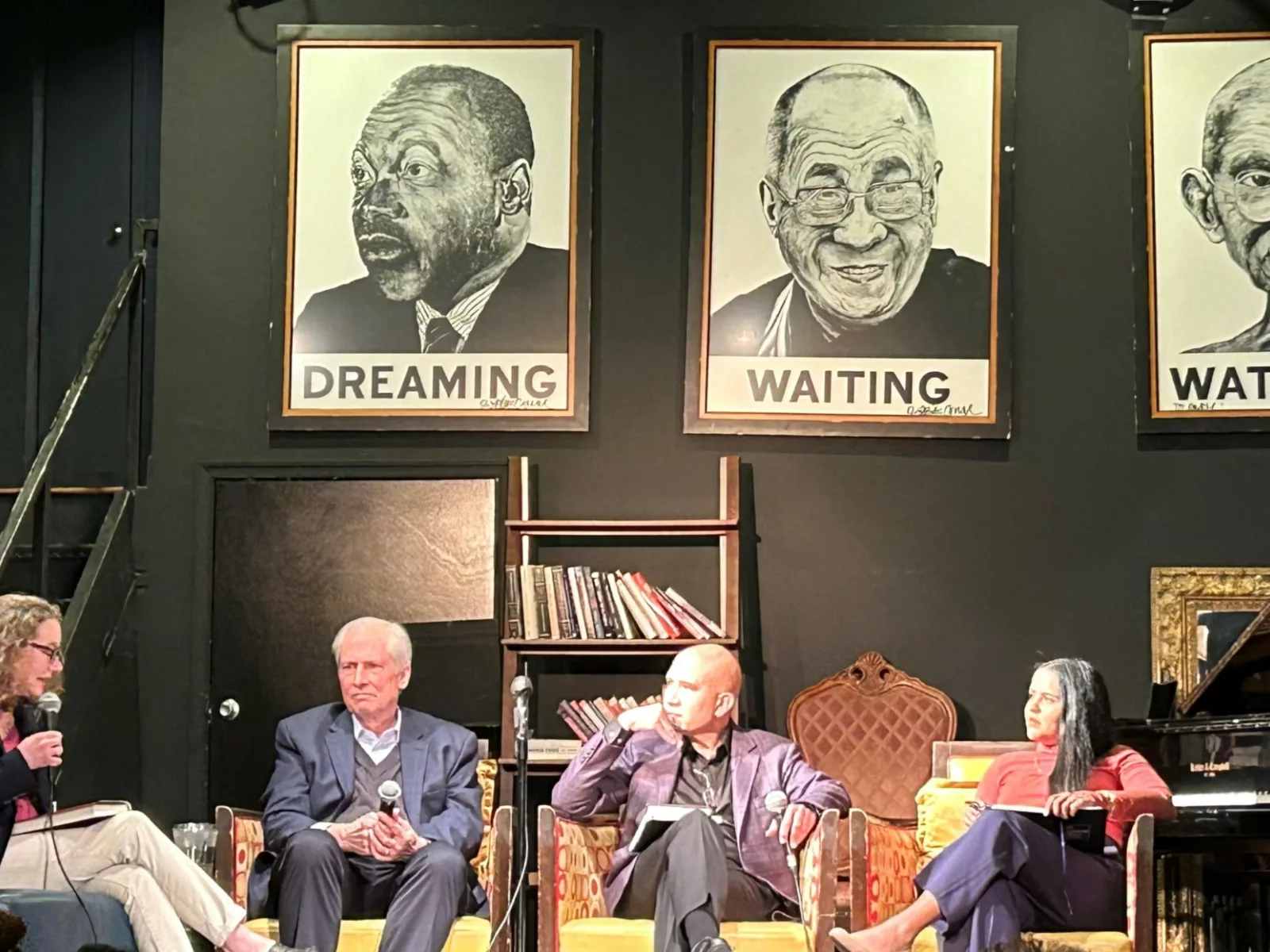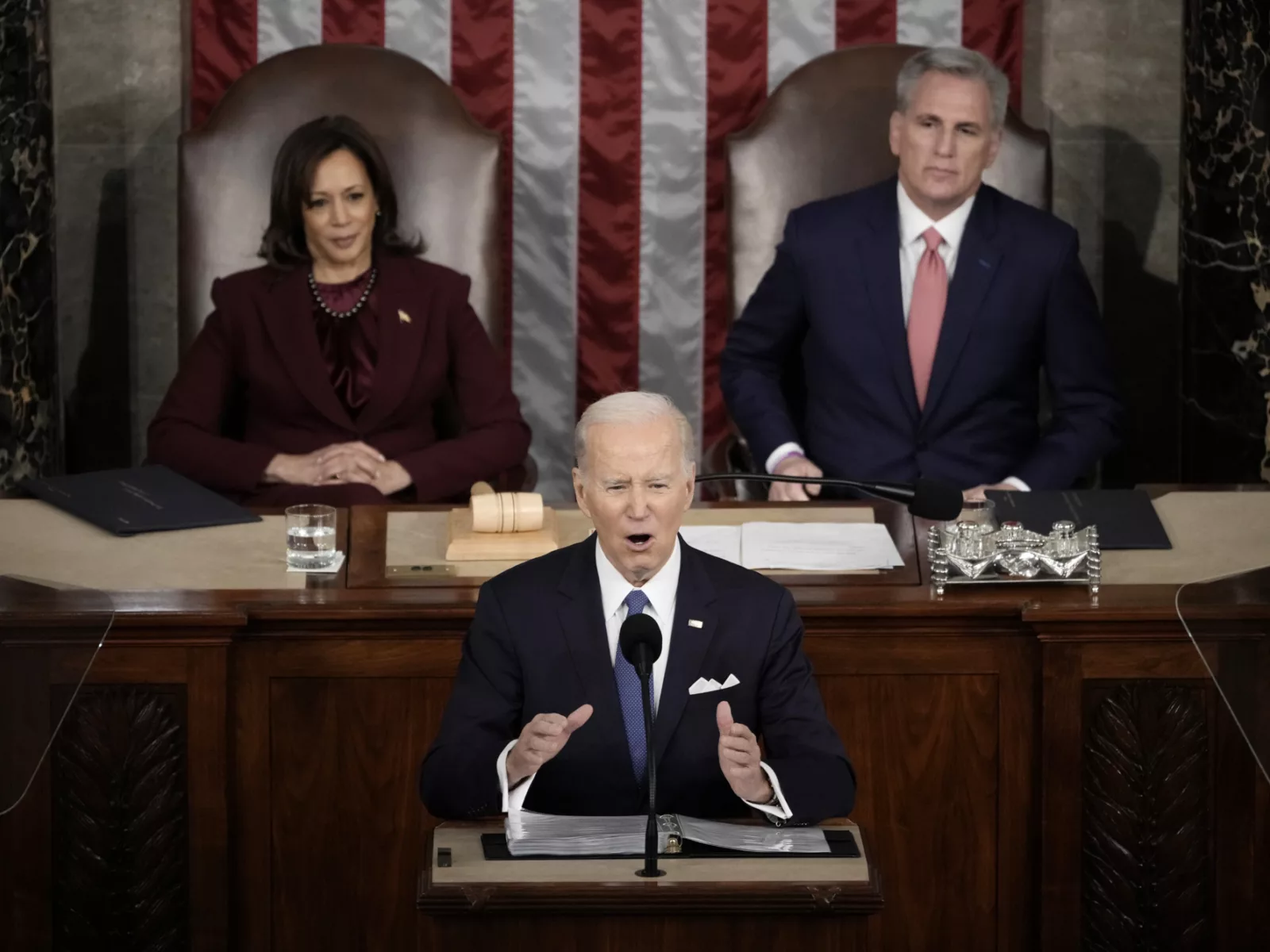Two years ago today, the nation was shaken as Americans from coast to coast watched a video of a Minneapolis police officer murdering George Floyd. For 9 minutes and 29 seconds, the officer ignored the pleas from the man he had sworn to protect and serve. “I can’t breathe” — a phrase Floyd uttered more than 20 times — became a rallying call for millions. The murder of George Floyd was emblamatic of decades of entrenched structural problems in American policing: excessive use of force, persistent racial disparities, and weak accountability systems that resulted in low community trust. This cumulative sense of outrage and injustice ignited the largest civil rights protest movement in recent modern history. Policymakers and police leaders promised to finally address long-standing injustice.
Two years have passed, and while progress has been made on some fronts to protect the rights of all community members, it can feel like the national movement for change has slowed to a halt.
Despite the tireless leadership of members of Congress such as Sen. Cory Booker, the Senate failed to find bipartisan support for legislation to improve police accountability. The “defund the police” slogan was transformed into a political bogeyman to scare off reforms with unsubstantiated claims that budget cutbacks in some cities caused a sharp rise in gun violence in 2020. Calls for reform soon became polarized along partisan lines. Black-led protests themselves were also falsely blamed for undermining community safety. But, as Princeton University sociologist Pat Sharkey has pointed out, it is overly simplistic to hang on to single-cause explanations for a phenomenon as complex as violence. In 2020, the United States experienced the COVID-19 pandemic, economic upheaval, and an increase in gun sales. The murder rate surged by nearly 30% in 2020 and, according to the Council on Criminal Justice, is estimated to have increased in major cities by another 5% in 2021. At the same time, a Washington Post data analysis found that 2021 saw the most fatal police shootings since the paper began tracking — 1,021. More names of unarmed Black men have been added to the wall of public consciousness and memory — Rayshard Brooks, Andre Hill, Daunte Wright, Patrick Lyoya.
Yet, even as a once-in-a-generation moment for reform seemed to recede and many reform efforts are now in a defensive posture, it is crucial that we recognize the progress that has been made and is continuing to advance. Through laws, regulations, and executive action, policymakers and advocates are demonstrating that pragmatic, solution-oriented efforts to address long-standing barriers to accountability are still possible. Rather than declare defeat, we should redouble our efforts to build upon these steps forward.
Executive Action from the White House
This week, the White House took a much needed step forward in advancing police accountability with President Biden’s executive order. The order focuses on federal law enforcement by instructing that all agencies adopt a use-of-force standard that meets or exceeds the new Department of Justice use-of-force policy that covers agencies such as the Federal Bureau of Investigation, the Drug Enforcement Administration, and the Bureau of Alcohol, Tobacco, Firearms & Explosives, with a goal of addressing systemic problems such as excessive use of force while improving accountability mechanisms such as office discipline and data collection and reporting. As we commented earlier this year, executive action is a potent tool to drive forward necessary accountability reforms.
The reforms in the order will bolster accountability by creating a new national database of police misconduct whose use is mandatory for federal agencies, improving investigations into civil rights violations, and mandating body-worn camera policies for federal law enforcement. The executive order will hold federal officers to new standards by banning chokeholds and carotid neck restraints, unless deadly force is authorized, and restricting the use of no-knock warrants. The Biden-Harris administration is also restoring and expanding Obama-era limits on the transfer of military equipment to state and local agencies.
Officers will receive more support by raising professional standards, including new best practices for hiring, promoting and retaining officers, reimagining crisis response, prioritizing officer wellness, and setting new standards for accreditation of law enforcement agencies.
The order will also bring about some much-needed data transparency and oversight in law enforcement by tracking data on use of deadly force incidents, studying the impact of use of force on communities, and regulating facial recognition technology and algorithmic tools.
The executive order represents an improvement upon the status quo in policing. In a moment of hyper-partisan posturing and politicization of policing and public safety, progress at the federal level is much welcomed. Success, however, will depend upon implementation and ensuring it is done rigorously and with fidelity.
Much of this directive overlaps with a call to action made in a January op-ed, and also with the five priorities for police reform identified by the Council on Criminal Justice Task Force on Policing in 2021: develop national training standards, establish a national decertification registry, adopt duty-to-intervene and mandatory reporting policies, promote trauma-informed policing, and increase data collection and transparency. These new initiatives can also point the way to best practices at the state and local level. While the ability of the White House to direct local and state law enforcement is limited, states should treat the order as a model by mandating standardized data collection and reporting to the federal misconduct and use-of-force databases, along with setting uniform, robust decertification rules and embracing other reforms. The Department of Justice can provide resources to support these efforts. In addition, the Department of Justice should share best practices with state attorneys general who have pattern and practice investigative authority.
The executive order represents an improvement upon the status quo in policing. In a moment of hyper-partisan posturing and politicization of policing and public safety, progress at the federal level is much welcomed. Success, however, will depend upon implementation and ensuring it is done rigorously and with fidelity. The national database on police misconduct, for instance, will only be as good as underlying investigations into alleged misconduct or use of force. To assist this, the Biden administration should engage nongovernmental stakeholders throughout policy development and implementation in crafting specific policies, guidance to state and local jurisdictions, and reporting.
While this executive order is a step forward, more can be done. Legislative action is still needed to strengthen these standards and ensure their sustainability across future presidential administrations.
While Congress Stalled, States Passed New Reform Laws
Despite limited federal action, over the past two years we have witnessed a historic rate of police accountability legislation introduced, passed, and signed into law at the state level. The closer we get to where the actual challenges to police accountability reside, the more we see people willing to move forward pragmatic, solutions-focused, and even bipartisan efforts to address police accountability. With support from Arnold Ventures, the National Conference of State Legislatures (NCSL) created a database to track police reform related bills since 2020. On key accountability measures — officer certification and decertification, data collection and transparency, oversight, and use-of-force standards and investigations — 48 bills were enacted in 20 states in 2020, and 132 bills were enacted in 38 states in 2021. With the Biden-Harris administration’s executive order, states have an opportunity to do even more.
To help facilitate these state-level reforms, AV supported the Policing Project at NYU Law School to draft model statutes and educate policymakers and advocates on key accountability measures, including data collection and transparency, use of force, officer discipline and decertification, and addressing barriers to accountability caused by Law Enforcement Officer Bill of Rights or provisions in collective-bargaining agreements.
More Progress Is Still Needed
Despite the difficulties at the federal level and rhetoric otherwise, we are still witnessing movement forward throughout this year’s legislative seasons at the state level. Though the reform wave that emerged in 2020 and swept through 2021 has receded, there are still important measures introduced by state legislators that enjoy bipartisan support. Several states are making progress on three key issues to improve police accountability, namely data collection and transparency, use-of-force standards, and officer investigation and decertification. In this year alone, 359 of these accountability-related bills were introduced in 42 states this year with 43 enacted in 23 states.
The Louisiana Senate recently unanimously passed a bill to strengthen one aspect of the state’s decertification grounds by establishing decertification when an officer has been terminated or allowed to retire or resign as a result of disciplinary action related to unauthorized use of force. It is now awaiting action in the House.
New Jersey has introduced legislation to establish officer licensure and decertification throughout the state. The Garden State currently remains one of only three states without any form of officer decertification. (Rhode Island and Hawaii being the other two.) According to a joint announcement last week by Gov. Phil Murphy and Acting Attorney General Matthew Platkin, the proposed legislation would require all law enforcement officers to hold valid, active licenses issued by the Police Training Commission (PTC) and would grant PTC the ability to take actions, such as decertification, “against the licenses of officers who act outside the professional standards or engage in illegal or improper conduct.” The announcement was supported by the presidents of the state’s police unions, in addition to organizations that represent communities disproportionately impacted by police misconduct, including AV grantee Salvation and Social Justice. This Thursday, Salvation and Social Justice is hosting a panel on the importance of passing this kind of legislation, “The Black Faith Case for Police Accountability.”
This recent momentum builds on broad police accountability reforms passed in other states, red and blue, all across the country over the past two years.
- Until last year, California, like New Jersey, was one of the handful of states that lacked an ability to decertify officers who engaged in serious misconduct. That changed with the successful passage of Senate Bill 2. Now law enforcement officers are regulated like other licensed professionals.
- Illinois passed the sweeping SAFE‑T Act, which includes statewide use-of-force standards, officer decertification provisions, a misconduct database, and better data collection.
- The Maryland Legislature passed robust decertification provisions, external investigations of fatal encounters, and statewide use-of-force standards and then voted to override the governor’s veto.
- Washington state passed police accountability bills that improved law enforcement data collection, strengthened decertification rules, and required officers to intervene and report misconduct.
- North Carolina passed legislation improving law enforcement standardization and oversight, with key support coming from AV grantee Conservatives for Criminal Justice Reform.
Implementation Matters
New laws improving police accountability are critical for protecting the rights of community members and building trust, but legislative changes mean little without effective implementation. To enhance effectiveness, legitimacy, and sustainability of the policies, implementation of new reforms must happen in partnership with community stakeholders.
In Illinois, for example, AV is supporting BPI to launch and convene a broad stakeholder coalition, Justice 20/20, to engage community members as part of ensuring effective implementation and defense of the SAFE‑T Act. Justice 20/20 has engaged government stakeholders, police leadership, and the state’s training and standards board (ILETSB) on efforts such as the inclusion in a trailer bill before the legislature to add a community member to the decertification board and to ensure greater transparency by requiring ILETSB to make its mandated annual reports publicly available.
Moving Forward
The horrific murder of George Floyd uncovered longstanding structural deficits in policing. His murder was met with historic mobilizations, calls, and promises for action. Unfortunately, this historic moment was undercut by the extreme polarization in politics and the exploitation of the rise in violence for political gain. While the urgency in 2020 through 2021 may have subsided, the need for structural change has not. Fortunately, many advocates, researchers, policymakers, and police leaders themselves have continued to press for police accountability measures despite shifting headwinds.
Real change remains not just necessary but possible. From New Jersey to California we have seen the power of organizations that take a focused and solutions-oriented approach while staying true to their values of justice and equity, who are willing to engage government partners, and who represent the needs and interests of communities that desire policing that is just and fair. We have seen the power of policies that address long-standing structural barriers to accountability and that are met with thoughtful and intentional implementation. We have seen what change can look like, and in this way we can work to ensure that the promise that emerged out of such pain is ultimately realized.






















